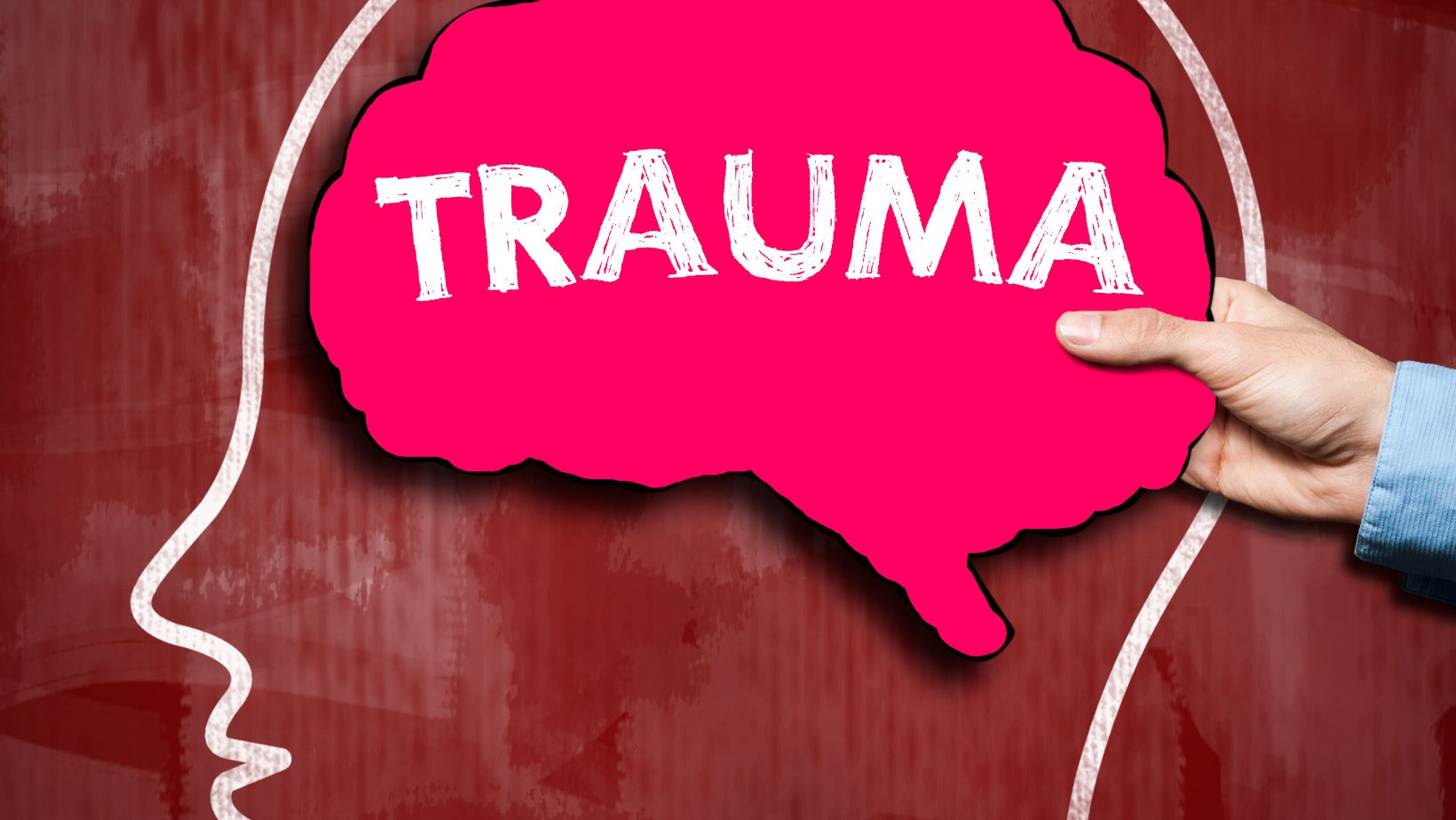Trauma is an experience that can shake the very foundation of our emotional, mental, and physical well-being. Whether it stems from a childhood event, an accident, abuse, or sudden life changes, its effects can linger long after the event has passed. The healing journey begins with awareness, understanding the signs of trauma in ourselves and others allows us to take the first steps toward recovery. This article explores how trauma manifests and offers guidance for recognizing its presence, ultimately paving the way toward healing.
Understanding Trauma
Trauma is not just an emotional response; it can affect every part of our being. Psychologists define trauma as an overwhelming experience that exceeds our ability to cope, leaving lasting impressions on both the mind and body. While some people may process traumatic events with relative resilience, others may carry invisible scars that shape their daily experiences.
Common sources of trauma include childhood neglect or abuse, physical accidents, the sudden loss of a loved one, or witnessing violence. Even experiences that might seem minor to others, such as ongoing stress, bullying, or relational conflict, can result in trauma. Understanding that trauma manifests differently in each individual is crucial. No single sign or symptom can define trauma, but recognizing patterns can help identify when it might be present.
Common Emotional and Psychological Signs
Emotional and psychological signs are often the most noticeable indicators of trauma. Many individuals experience heightened anxiety, persistent sadness, or mood swings that seem disproportionate to daily stressors. Others may feel emotionally numb, struggling to connect with loved ones or enjoy activities they once found fulfilling.
Trauma can also disrupt cognitive functioning. Intrusive thoughts or flashbacks may cause individuals to relive the traumatic experience repeatedly. Difficulty concentrating, memory lapses, and constant worry are common cognitive effects. These manifestations often interfere with work, school, or personal relationships, making daily life more challenging. Recognizing these emotional and psychological signs is a crucial step in addressing trauma.
Physical and Behavioral Signs
Trauma does not reside solely in the mind; it can also manifest in the body. Chronic headaches, fatigue, stomach problems, and unexplained aches are common somatic symptoms of trauma. Sleep disturbances, such as insomnia or nightmares, are also frequent, further impacting overall health.
Behavioral changes can provide additional clues. Individuals coping with trauma may withdraw from social interactions, avoid responsibilities, or isolate themselves. Others might turn to unhealthy coping mechanisms, such as substance use or impulsive behaviors. Recognizing these signs in yourself or others can help prompt early intervention, preventing long-term consequences.
Recognizing Trauma in Others
Noticing signs of trauma in others requires empathy and careful observation. Friends, family members, or colleagues may exhibit sudden mood changes, avoid social gatherings, or struggle with day-to-day tasks. It’s important to approach these situations with sensitivity and without judgment.
While you cannot “fix” someone else’s trauma, offering support and encouraging professional help can make a meaningful difference. Listening without minimizing their experiences and validating their feelings can create a safe environment for healing. When signs of trauma are persistent or severe, seeking professional guidance is essential for effective recovery.
Steps Toward Healing
Awareness of trauma is just the first step; taking action is where healing begins. Professional therapy can help individuals process their experiences in a safe and structured environment. Techniques such as cognitive-behavioral therapy (CBT), mindfulness practices, and support groups are often effective in addressing both emotional and physical manifestations of trauma.

For those seeking specialized care, West End Therapy offers trauma therapy winnipeg, providing expert guidance and personalized treatment plans. Engaging in therapy helps individuals build coping mechanisms, process unresolved emotions, and develop a healthier relationship with themselves.
Self-care practices also play a vital role. Journaling, meditation, gentle exercise, and creative outlets can complement professional therapy, fostering resilience and emotional regulation. Importantly, healing is not linear; it requires patience, self-compassion, and an understanding that progress may come in small, incremental steps.
Conclusion
Healing from trauma begins with awareness recognizing the emotional, psychological, physical, and behavioral signs is the first move toward recovery. Whether identifying these signs in yourself or supporting someone else, awareness empowers you to take meaningful action. Trauma may leave lasting impressions, but with compassion, understanding, and professional guidance, it is possible to reclaim balance and well-being.
By acknowledging the effects of trauma and seeking the right support, individuals can embark on a journey of healing that restores hope, resilience, and a sense of safety. Recognizing trauma is not a sign of weakness; it is the courageous first step toward a healthier, more fulfilled life.
